Trendy meals often trace back to humble kitchens.
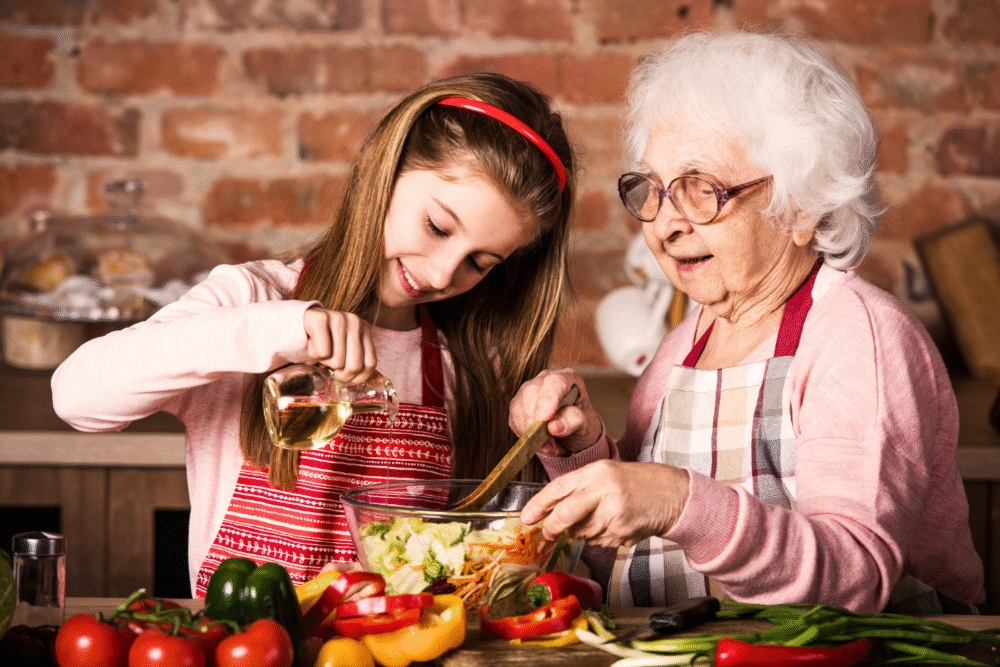
Food media loves to crown “new” fads, but most of today’s viral dishes have deep roots. Long before influencers turned them into glossy content, our grandmothers were making them daily out of necessity, thrift, and tradition.
The difference between then and now is the packaging. Their versions weren’t meant for clicks—they were meant to feed families. Here are eleven food trends your grandma perfected long before hashtags made them cool.
1. Sourdough bread was once routine, not novelty.
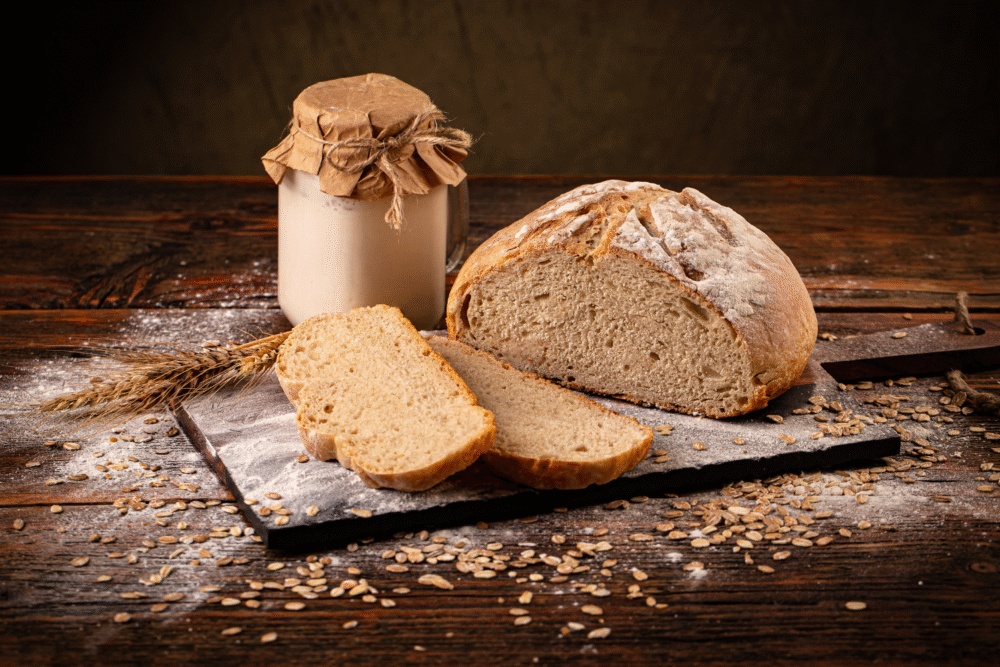
During lockdowns, sourdough became a cultural project, complete with Instagram starter jars. For grandmothers, it was simply the way bread got made. Starters bubbled quietly on counters, fed and passed down like living heirlooms.
The bread was flavorful, nutritious, and lasted longer than store loaves. It wasn’t a creative hobby; it was daily sustenance. What’s now positioned as artisan chic was once a reliable anchor of the weekly kitchen rhythm.
2. Pickling vegetables extended the harvest.
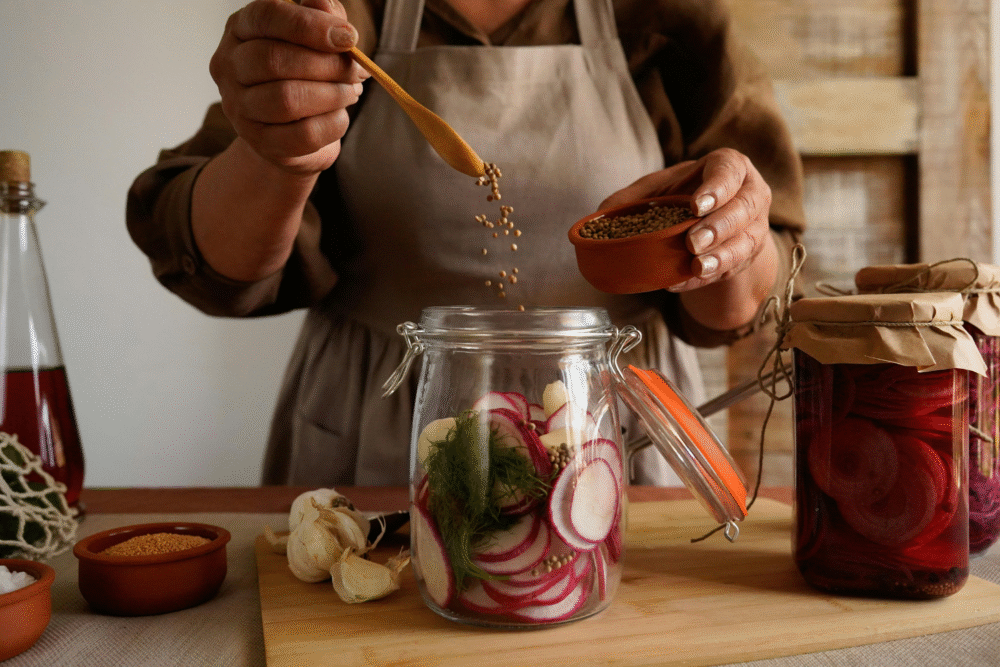
Today, jars of homemade pickles appear on Pinterest boards under words like “gut health.” To grandmothers, it was insurance against winter. Cabbage turned into sauerkraut, cucumbers into briny spears, carrots into jars lined on pantry shelves.
Pickling wasn’t glamorous, but it was resourceful. They preserved flavor and nutrition when fresh produce was scarce. Modern foodies call it probiotic; grandmothers just called it preparing wisely for the season ahead.
3. Bone broth was the original superfood.

Collagen-rich broth is marketed now as a $12 wellness staple, but simmering bones was once second nature. Grandmothers saved every scrap from roasts and boiled them into nutrient-packed stock. Nothing was wasted.
The broth fortified soups, stews, and sauces with depth and comfort. It didn’t need branding or trendiness—it was simply the thrifty and nourishing backbone of the kitchen. Today’s “superfood” was yesterday’s common sense.
4. Fermentation wasn’t exotic—it was daily life.
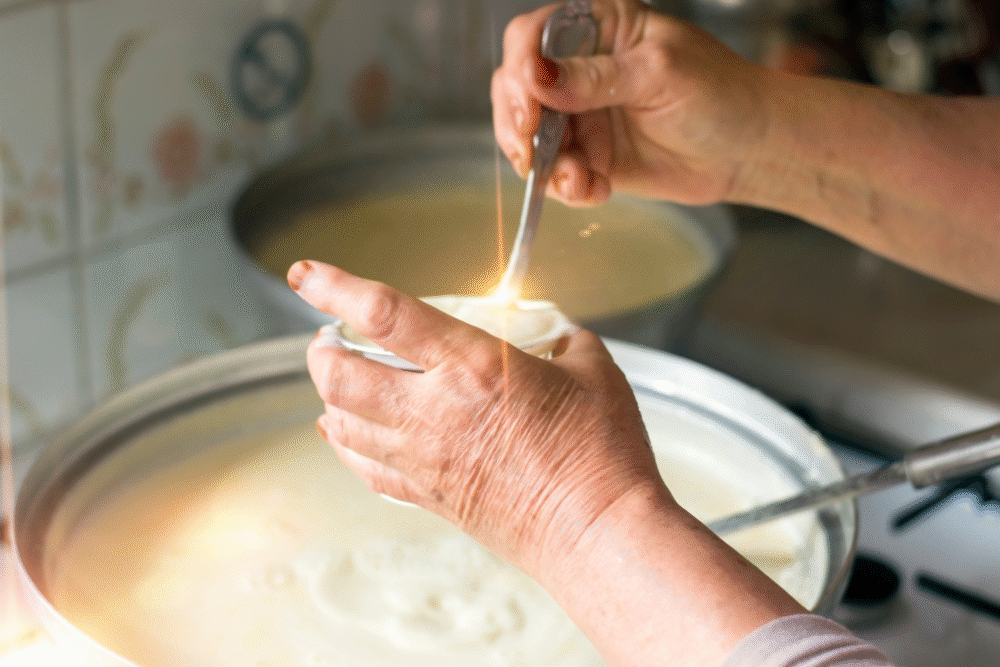
Kefir, yogurt, and kombucha feel like health store discoveries, but fermentation was woven into older kitchens out of necessity. It preserved food, extended shelf life, and turned simple ingredients into something more digestible and flavorful.
Grandmothers didn’t need scientific studies to understand its benefits. They lived it. Their cultures of yogurt or bubbling crocks of pickles carried more practical wisdom than most modern trend reports.
5. Garden-to-table was the default.
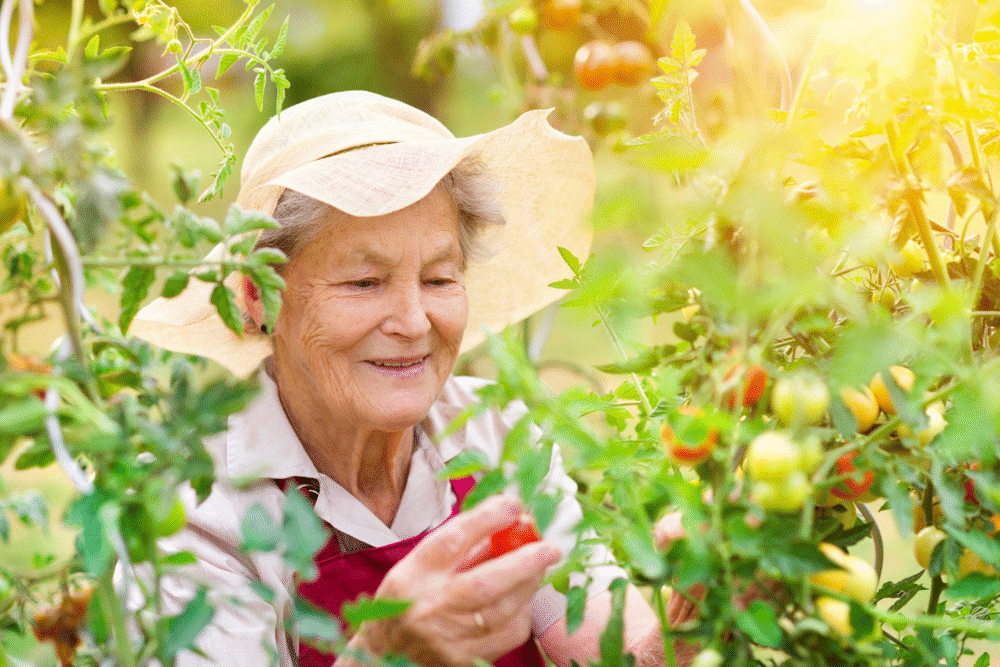
“Farm-to-table” is now a marketing phrase, but growing food was once unavoidable. Herbs on the windowsill, tomatoes in the backyard, and potatoes in garden rows were all part of feeding a household.
Seasonal eating wasn’t a virtue—it was life. What’s sold today as sustainable and premium was simply the way food arrived on the table for generations before supermarkets redefined convenience.
6. Butter boards echo humble spreads.
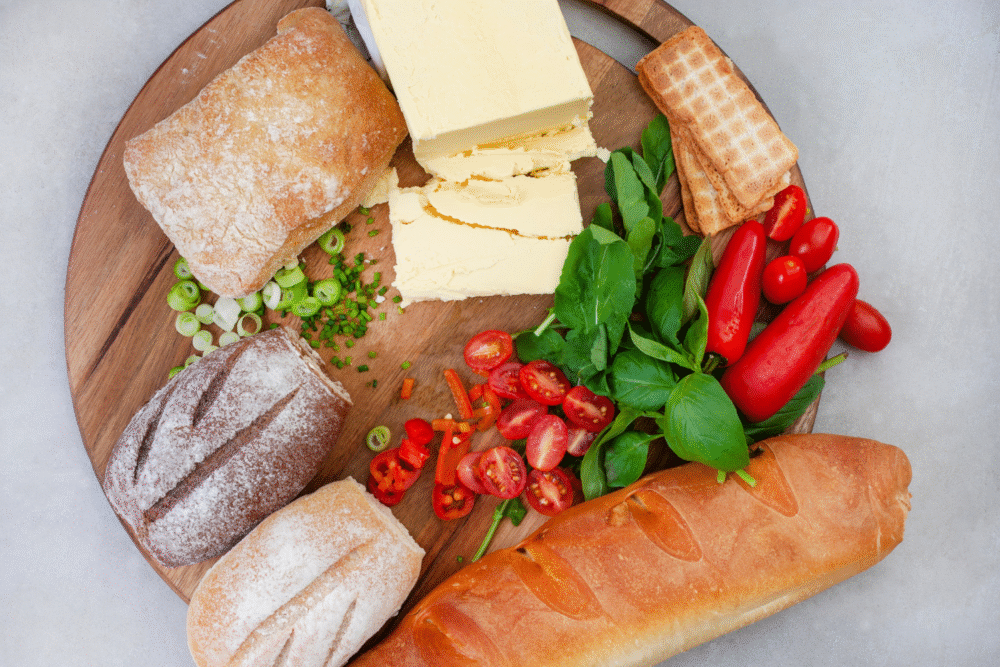
Influencers recently celebrated butter boards as a creative entertaining idea. Grandmothers would laugh. They spread butter across bread, topped with salt, herbs, or fresh radishes, long before anyone thought to film it.
Theirs were modest, but no less flavorful. They weren’t statement pieces; they were everyday snacks. The viral board is just a theatrical cousin of a tradition that never left farmhouse kitchens.
7. Oatmeal was the original overnight trend.
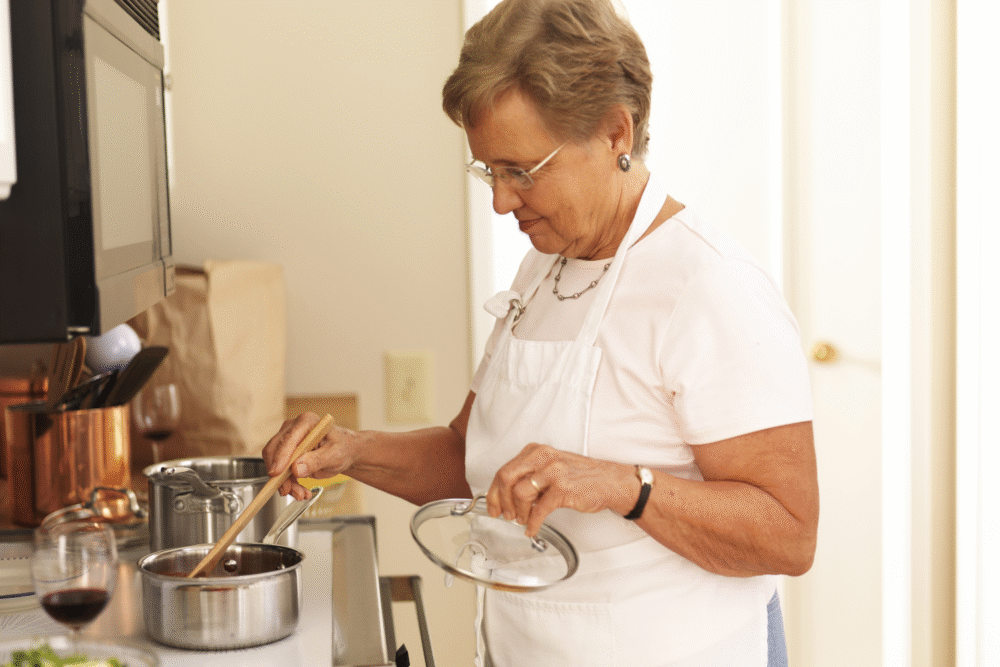
Before “overnight oats” filled mason jars on Instagram, hot oatmeal simmered quietly each morning. Grandmothers cooked it slowly, sometimes stirring in fruit or nuts for flavor and staying power.
It wasn’t curated—it was practical. Oatmeal fueled families through long days of work and school. The internet gave it new props, but the bowl was always there, steaming with reliability.
8. Casseroles defined one-pan cooking.
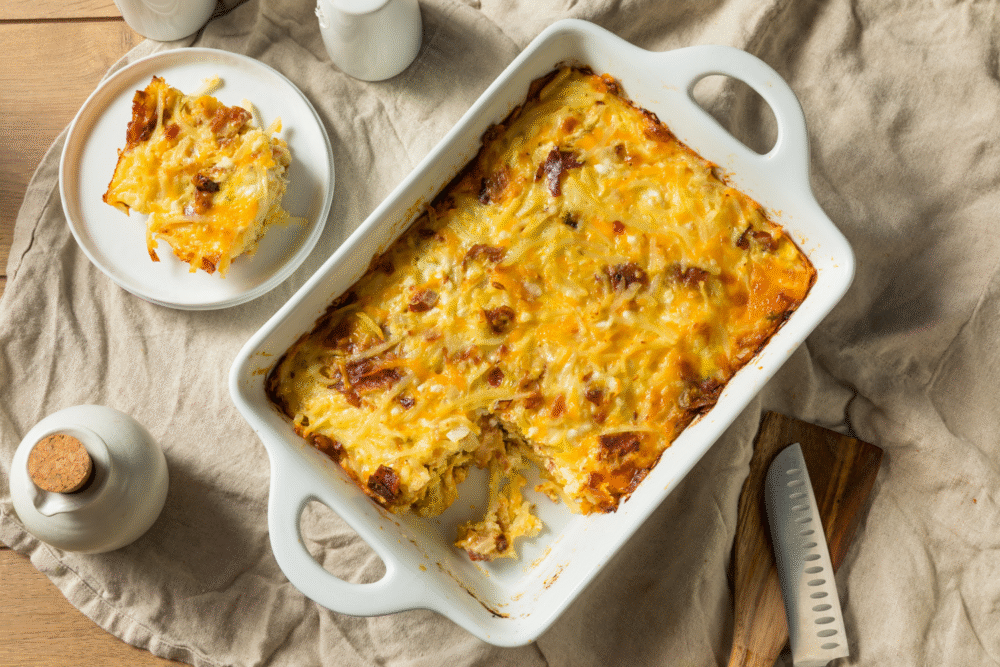
Food blogs push “easy one-pan meals,” but casseroles mastered that decades ago. Creamy, hearty, and endlessly flexible, they stretched leftovers into something comforting and communal.
Grandmothers layered soups, pasta, and vegetables into dishes that fed households for days. They weren’t trendy—they were efficient. Today’s sheet-pan dinners are simply the modern echo of this old standby.
9. Herbal teas doubled as remedies.
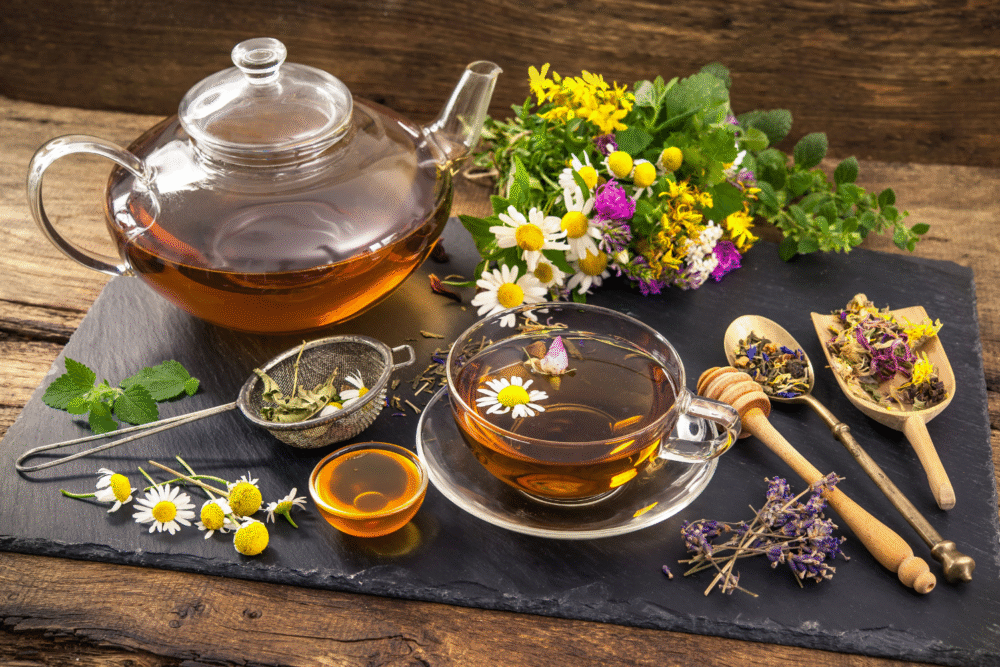
Chamomile for sleep, peppermint for digestion, ginger for nausea—grandmothers brewed tea before wellness influencers labeled them detox hacks. A steaming cup was their medicine cabinet, poured without pretense.
It worked because the remedies were rooted in lived experience. The ritual carried comfort and care, long before anyone needed glossy packaging to make it feel therapeutic.
10. Homemade jams were everyday luxuries.
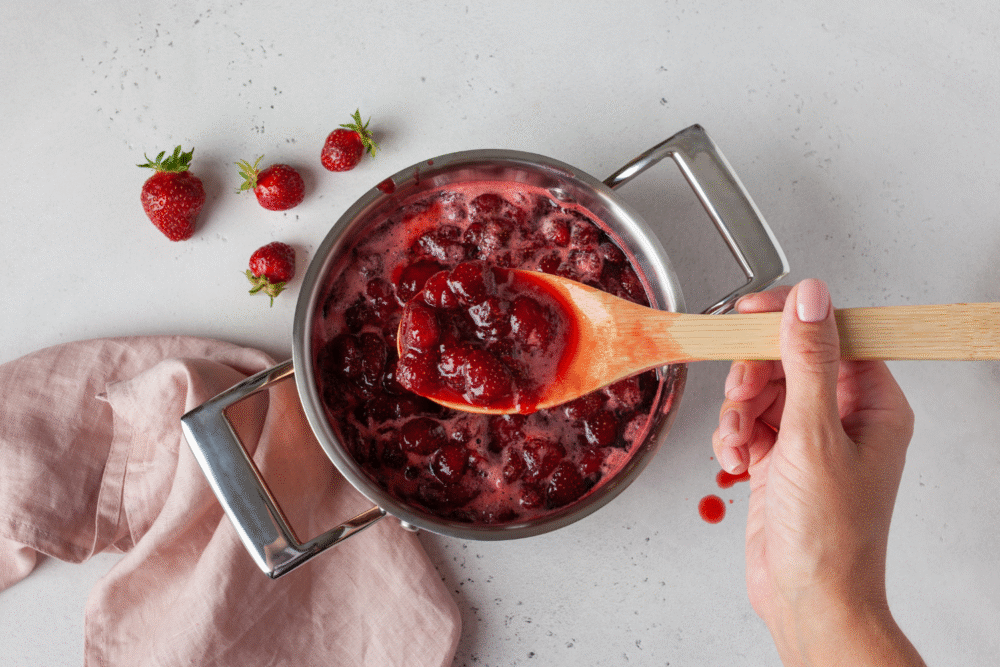
Small-batch jams now sell for premium prices, but grandmothers filled shelves with jars of preserves every summer. Strawberries, peaches, and plums boiled down into spreads that brightened breakfast for months.
It wasn’t branding—it was preservation. Those jars held not just fruit but the memory of seasons. Each spoonful carried both necessity and sweetness, no hashtags required.
11. Sunday roasts were the first meal prep.
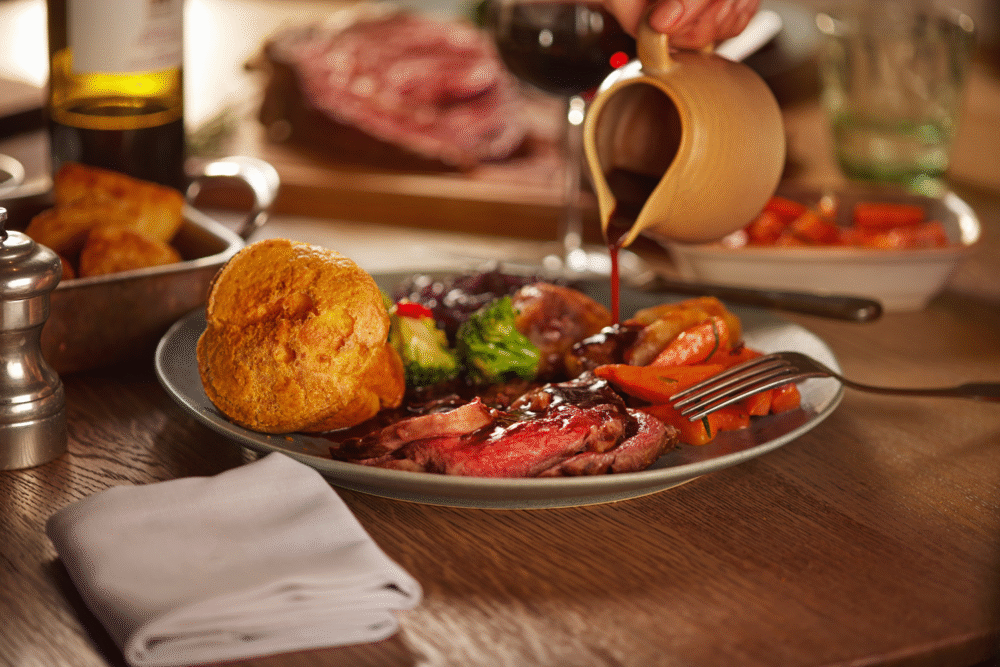
Meal-prep services pitch balanced dinners, but grandmothers built the ritual of roasting meat and vegetables every weekend. Leftovers carried families through the week, stretching flavor and effort.
It wasn’t called planning—it was rhythm. The Sunday table anchored family life, ensuring nourishment and connection before the next cycle of work began. Viral meal kits are simply rediscovering what they perfected decades earlier.
